retail experiences, insights
From concept to creation: 9 steps to creating retail experiences
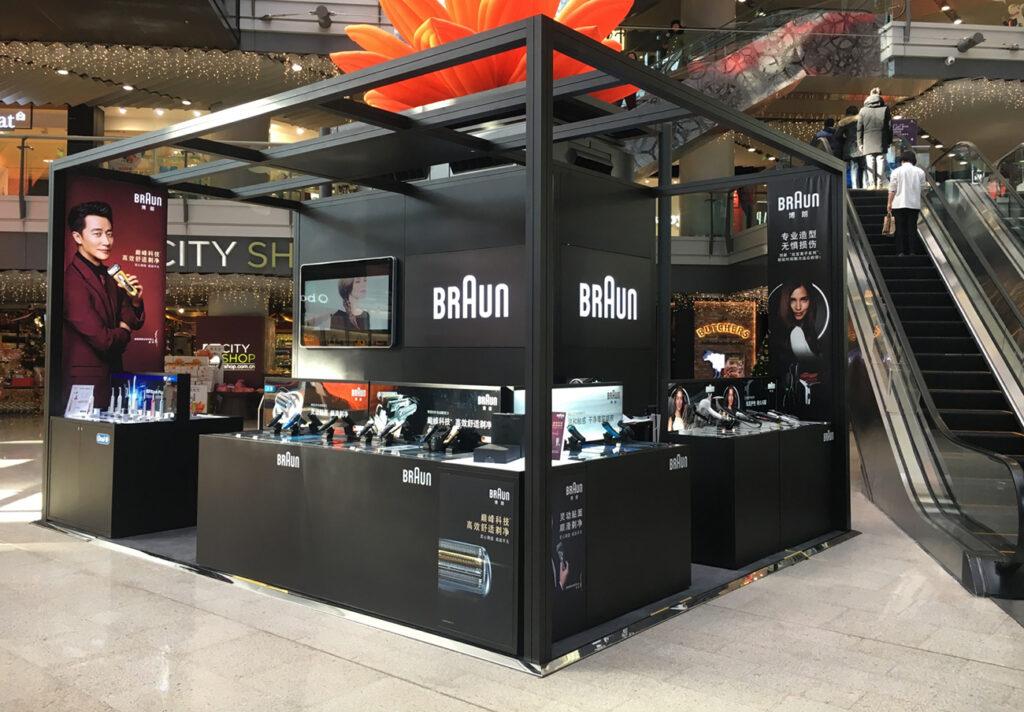
Most retailers and consumer brands understand the importance of developing retail experiences that delight, entertain and captivate shoppers to drive higher customer engagement rates.
Experiential retail can drive shopper footfall, improve shopper engagement, entertain or educate shoppers, offer opportunities to try out products, boost in-store and online sales as well as enhancing customer loyalty and repeat visits.
Behind these experiences lies a creative process that is imagined, planned and delivered with great precision.
In this article, we explain the 9-step process for taking retail experiences from concept to creation for our retail clients.
Step 1 – Aims and Objectives
Excellent outcomes start with a well-thought-out brief which details the problems, aims and objectives of the client.
At this stage, it’s not so important to define the detail of the experience, rather to establish the problem and possible desired result. The clearer the end goal, the greater the likelihood of a successful project.
Step 2 – Research and Planning
The brief must be scrutinised to establish feasibility and iron out any lack of clarity.
It’s important to establish that the goals set out in the original brief can be achieved within available budget and timescale – or not as the case may be. If the proposed brief can meet the overall objective, then progress to the next step.

Step 3 – Ideas, thinking and inspiration
Now the design team gets to work. Their job is to create the ideas and concepts that can help drive the goals outlined in the brief, whilst considering all the next steps down the line to enable an effective solution in-store.
As a result, the blending of shopper journey, experience in-store and interaction with the product and messaging must create anticipation and excitement. Plus, we must consider the practical aspects of right materials and construction process methodologies – including specifications for disassembly at end of life to aid recyclability. Location of manufacture influences logistics and related costs. If not in line with the expectations or the set budget, it’s back to the drawing board.
We use relevant technologies that create positive instore retail experiences, such as lift and learn, immersive VR and AR, wayfinding, touch-screen discovery moments and clear brand messaging that reflects all touch points in a shopper’s engagement with brands and products.
How, where and when they will be used in this shopper journey will all be imagined by our creative experiential designers during this key stage of the process.
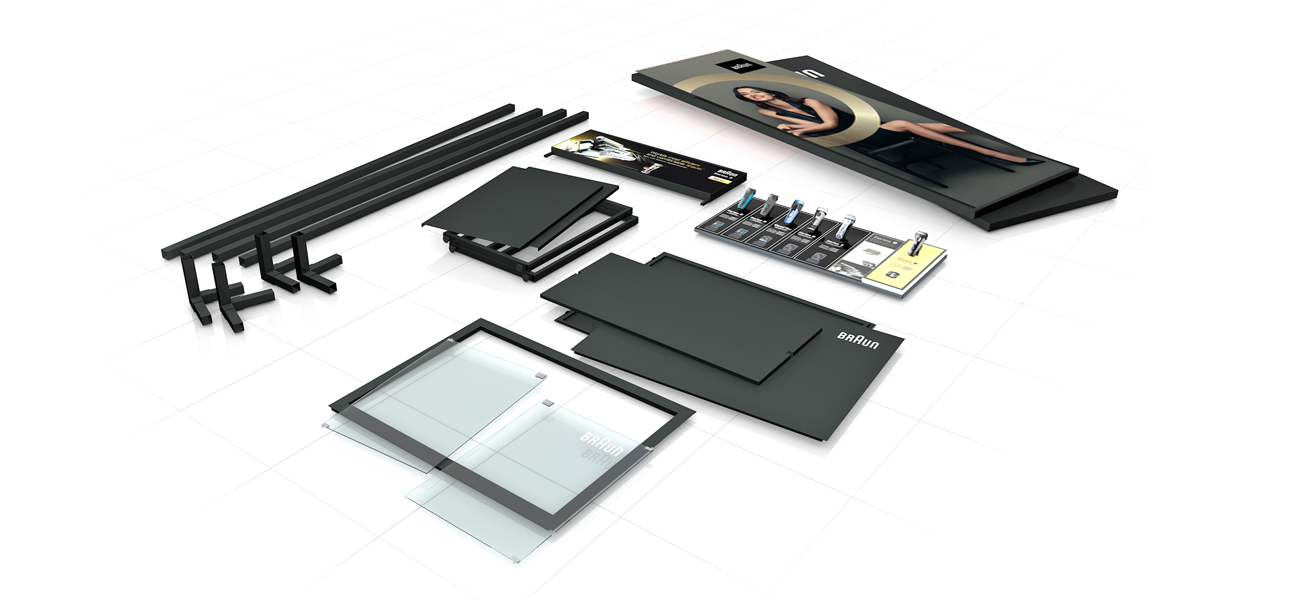
Step 4 – Internal check-in and preview
The creative ideas for presenting to the client are refined as we evaluate and rank in terms of meeting the experiential requirements within brief. They range from ‘spot on’ meets the brief, to pushing a highly innovative or conceptual experience that both meets and exceeds the initial requirement.
Displayplan thrives on pushing the boundaries by explaining and adding value to set the right direction, for the right result, rather than ‘doing just enough’ to meet the brief.
The check-in and preview stages are great opportunities to create compelling stories with insights that substantiate the new ideas and creative concepts. Producing pragmatic solutions within a strong presentation turns our clients into heroes, it’s hard to argue with the results.
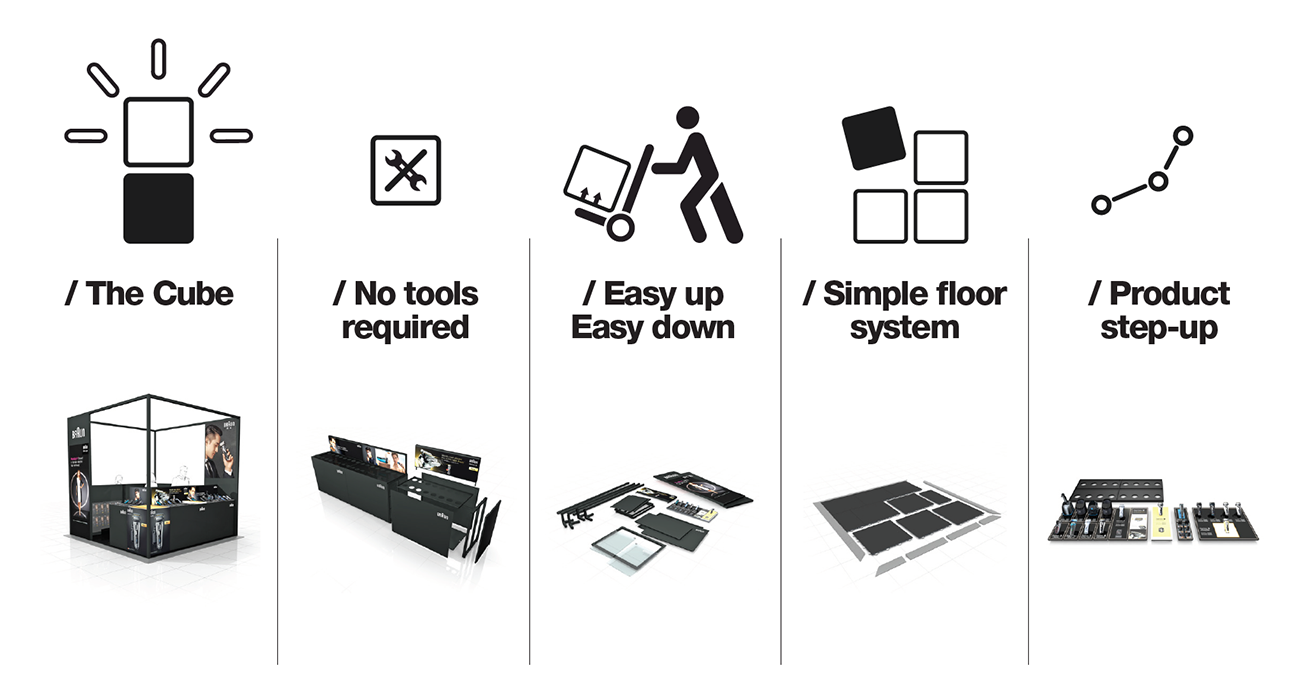
Step 5 – Client concept meeting
It’s now time to present the creative concepts to the stakeholders.
During the presentation, we will lead the client through the compelling story of how we have answered their problem and brief with the creative ideas. This always creates discussion and good debate. Plus, we back up all the thinking with considered timescales, logistical considerations and budget requirements proposed.
At this stage, any feedback or modification requests can be taken away and reviewed, to be implemented into an updated design if required.
Experiential retail ideas may sometimes be hard to express, making it difficult for stakeholders to visualise immediately. Displayplan’s creative designers know the importance of demonstrating exactly how their ideas will meet or exceed expectations, using the right method to explain the key idea features e.g. movies, sketch renders or hand drawn expressive story boards. These can be readily understood and bought into by the client.
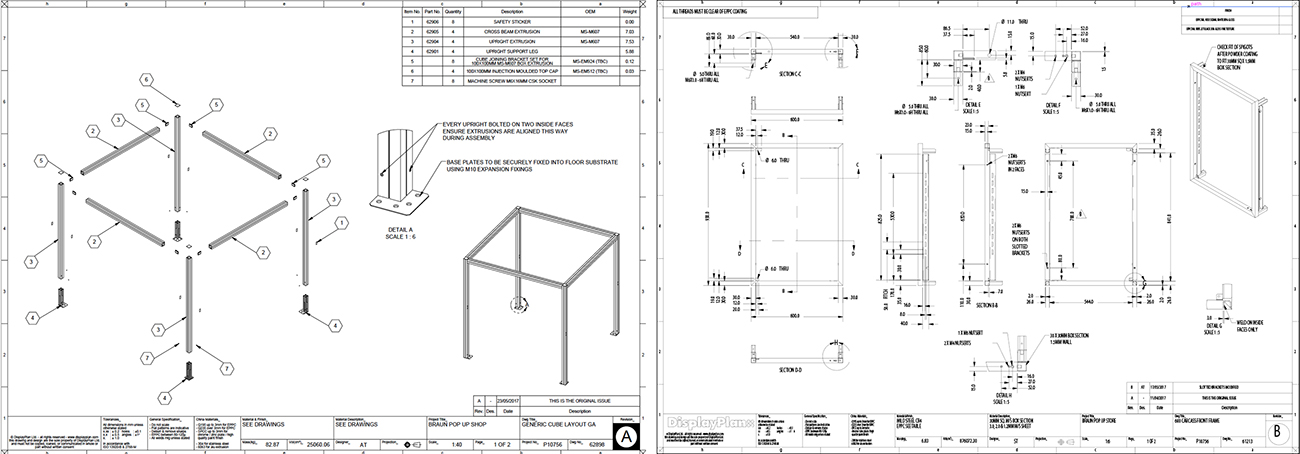
Step 6 – Prototype drawings
Once agreed, the selected idea is ready for the first stage of prototyping.
The concept solution can now be handed on to be transformed into detailed technical drawings for prototype, completed by the technical team. They explore the detail to enable the intended experiential display to become a reality.
Assumptions can be tested, calculations made, tests run. Adjustments can be made to reflect regional requirements or for manufacturing feasibility. All other elements can be included at this stage, such as artwork and packaging designs, quality control, assembly guides, risk assessment documentation and logistical/shipping considerations.
Step 7 – Pre-production review and experience testing
Once again stakeholders are invited to review the full prototype. All experiential displays are tested as well at this stage before introduction across multiple stores. Any modification requirements are discussed and when satisfied the project moves onwards.
The testing process is rigorous to ensure the validity of the prototype and to ensure that it will be safe in-store, plus the content is aimed at driving footfall, engagement, and sales. The experiential concept may be trialled in one or more live retail environments, where data on footfall and engagement data can be gathered and compared against earlier thinking.
This step is crucial for insuring we deliver a robust scalable solution ready for roll-out. Every measure possible is taken to develop a final version that is fit for purpose.
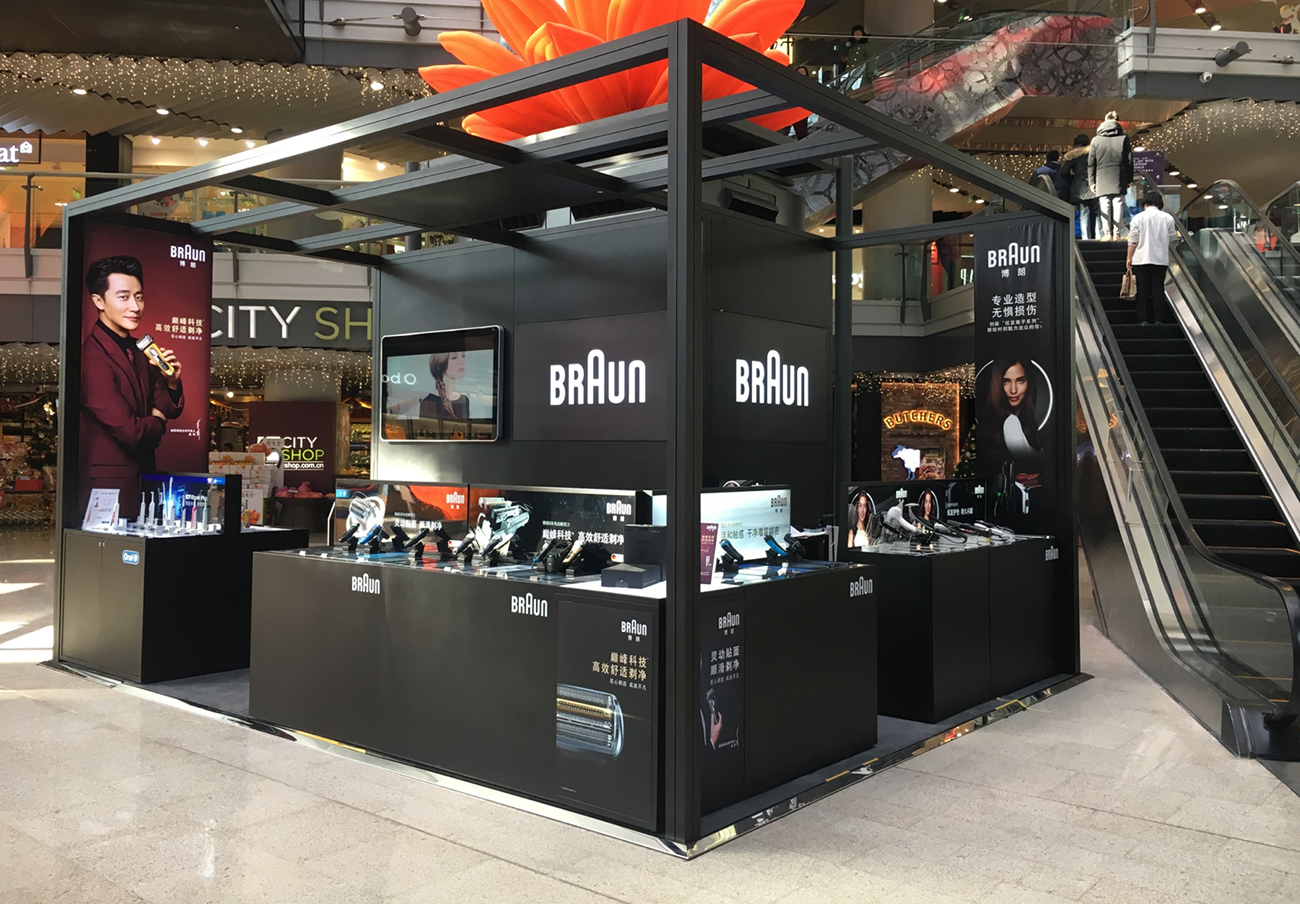
Step 8 – Production and QC
Based on the testing results, and the data gathered, the experiential design is accepted into full production.
Once fully approved, it’s full steam ahead to move into manufacture and deployment. At this stage, quality control checks and documentation are in place, supply chain partners and installers are aligned and ready to go and the production and logistics team work together to begin rolling out the displays across the retail estate.

Step 9 – Evaluation
Though the whole process has been driven by a rigorous project management approach, experiential display solutions must be constantly monitored through the gathering and evaluation of anonymised shopper engagement data.
Review milestones are agreed so that reviews of both the delivery and the performance of the new retail experience concept can be evaluated against key goals.
The bottom line is to drive brand engagement and sales, through what constitutes success for each individual retail experience design determined by the client’s original objectives.
Concluding thoughts
Every successful retail experience requires creative thinking, great design and planning process that is managed, controlled and aligned towards achieving positive results.
The practical creation and deployment of retail experiences is not always straightforward, and indeed many – sometimes unexpected – complexities can crop up during the development stage.
If you are starting the journey from concept to creation for your retail experience, speak to Displayplan. We help our clients develop retail experiences that increase footfall, engage shoppers and drive sales.
Call now for an initial discussion with one of our retail experience experts on +44 1462 88 6000 or email info@displayplan.com.
